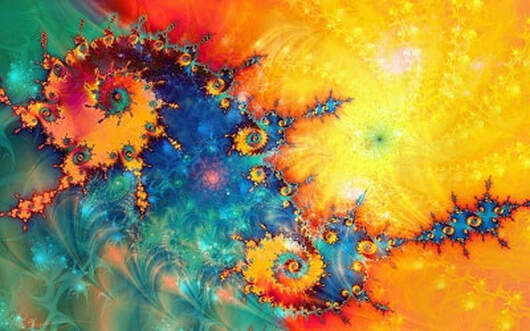Arithmetic, Mathematics
 What is the difference between arithmetic and mathematics?
What is the difference between arithmetic and mathematics?Arithmetic
The word arithmetic has its origins in the Proto-Indo-European (PIE) root re (to reason, to count) and PIE erei-dhmo, the source of Greek arithmos (number, counting, amount), arithmetikos (of or for reckoning), and arithmetike tekhne (the science of counting).
The word arithmetic (the art of computation, the most elementary branch of mathematics) comes to English in the mid-13th century from 12th century Old French arsmetique.
Arithmomania, the compulsive desire to count objects and make calculations, is from 1884.
PIE re is the source of other words, notably ritual.1
Mathematics
The word mathematic has its origins in the PIE root mendh (to learn) and Greek manthanein (to learn), words which are the source of Greek mathema (science, knowledge, mathematical knowledge; a lesson; i.e., that which is learnt) and mathematikos (relating to mathematics, scientific, astronomical; pertaining to learning, disposed to learn).
In classical Greece, mathematics was one of three branches of Aristolelian theoretical science, along with philosophy (metaphysics) and physics.
The word mathematic comes to English in the late 14th century from Old French mathematique, Latin mathematica, and Greek mathematike tekhne (mathematical science).
By the 1580s, the word mathematics (the science of quantity; the abstract science which investigates the concepts of numerical and spatial relations) replaced the older term mathematic.
The word math, an American shortening of mathematics is from 1890. The British use maths, from 1911.
PIE mendh is also the origin of polymath (a person of encyclopedic learning).
[The word calculus, from 1660, a mathematical method devised by Sir Isaac Newton, comes from Latin calx (limestone, small stone) and Greek khalix (small pebble); i.e., a pebble used as a counter when calculating in ancient times.]
1 What’s the connection between arithmetic and ritual, aside from the fact that both contain ‘rit’? Arithmetic is unchanging: 2 + 2 always equals 4. Arithmetic is always the same everywhere at any time. On the other hand, even though a ritual is the same action over and over again, it can evolve and change over a period of time depending on social context.
Arithmetic and ritual are both transparent—when doing arithmetic or ritual we ‘look through’ an action to something meaningful beyond the action. For example, when we count money, we are not just thinking of numbers, we are thinking of money. Similarly, when we are singing the national anthem at the beginning of a sports event or having wine with a special dinner or responding with “I do” during a wedding ceremony, we participate in a ritual. Singing or drinking or responding is not the point. Rather, we ‘look through’ the ritual to the reason or reasons beyond the actual action in order to see a greater social or personal meaning.
Image: https://en.wikipedia.org/wiki/Fractal_art
Fractal art is a form of algorithmic art created by calculating fractal objects and representing the calculation results as still digital images, animations, and media. Fractal art developed from the mid-1980s onwards. It is a genre of computer art and digital art which are part of new media art. The mathematical beauty of fractals lies at the intersection of generative art and computer art. They combine to produce a type of abstract art.
Reference: Online Etymological Dictionary, https://www.etymonline.com/
Published on May 16, 2021 12:09
No comments have been added yet.



